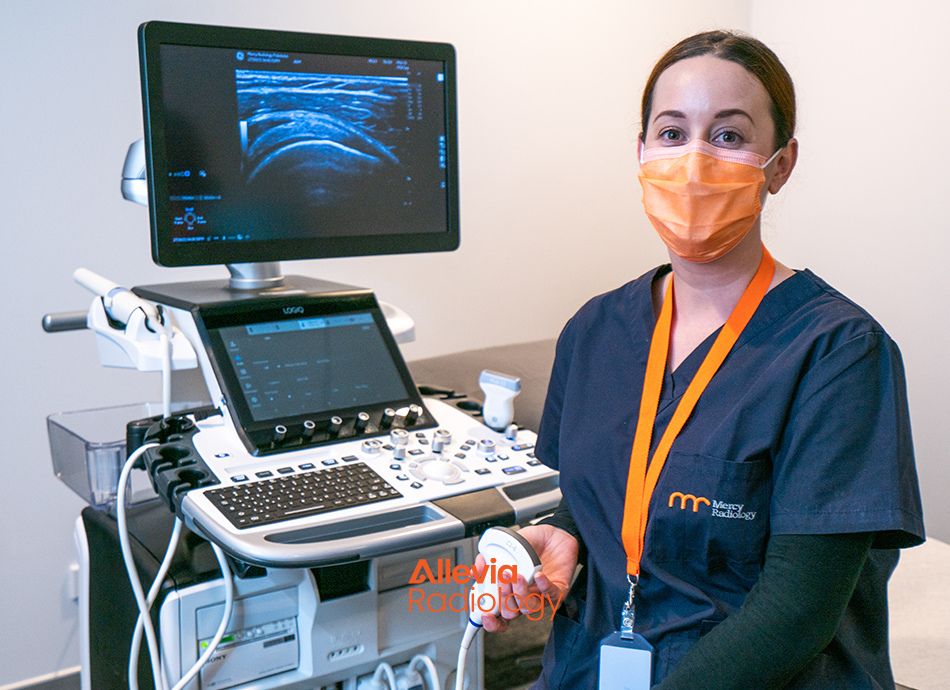What happens will depend on what sort of scan you're having.
External scan
An external scan will take approximately 30 minutes and you'll be fully awake through the scan. For some scans you don't need to do any preparation before coming to the hospital, radiology or GP service. If you're having a bladder, kidney or early pregnancy ultrasound, you need to drink 4 to 5 large glasses of water and not go to the toilet. This fills your bladder and makes it easier to see certain areas.
For an external scan you'll usually be asked to lie down on an examination couch. A warm gel is used to improve conduction through the skin by the ultrasound probe (a small hand held instrument) and to help the probe to glide over the skin as it's moved over the area. By changing the angle and position of the probe, the sonographer (ultrasound technician) or radiologist (medical doctor specialising in imaging) can get clearer pictures of the soft tissues inside your body.
Internal scan
These scans are usually done through the vagina or the rectum. A very small lubricated probe is passed gently into the vagina or the rectum for the scan to be done. These scans can cause some discomfort, but they don’t take long and they provide excellent pictures of parts of the body such as parts of the womb (uterus) and ovaries, or your prostate.
Endoscope scan
Your preparation for this scan will be guided by the department doing the scan. Usually you will be asked not to eat or drink anything from midnight the night before, and you may need to take a liquid laxative and liquid diet the day before. It's important that you discuss any medicines that you are taking with the scanning team before the day when you are preparing for the scan. Because you may not be eating on the day before your scan, some of your medicines might need to be changed.
On the day of the scan you'll usually be given a sedative to help you relax. The scan is done by passing an endoscope, or flexible tube, through your mouth and into your stomach and bowel. This type of scan is uncomfortable, but you will be well supported by the staff performing the scan. Having an ultrasound scan by endoscopy is the same as having an endoscopy. Endoscope scans are very useful tools to enable accurate diagnosis and treatment of a range of internal issues such as cysts, cancers and tumours. Read more about endoscopy.
An endoscope scan will usually take about 30 to 45 minutes. Once it's done you'll be cared for in a recovery room until you're fully awake. You'll be ready to go home about 4 hours after the scan. Make sure you have someone to drive you home and that you're able to rest for the rest of the day. Usually, you can eat and drink within 1 to 2 hours of having the scan.




